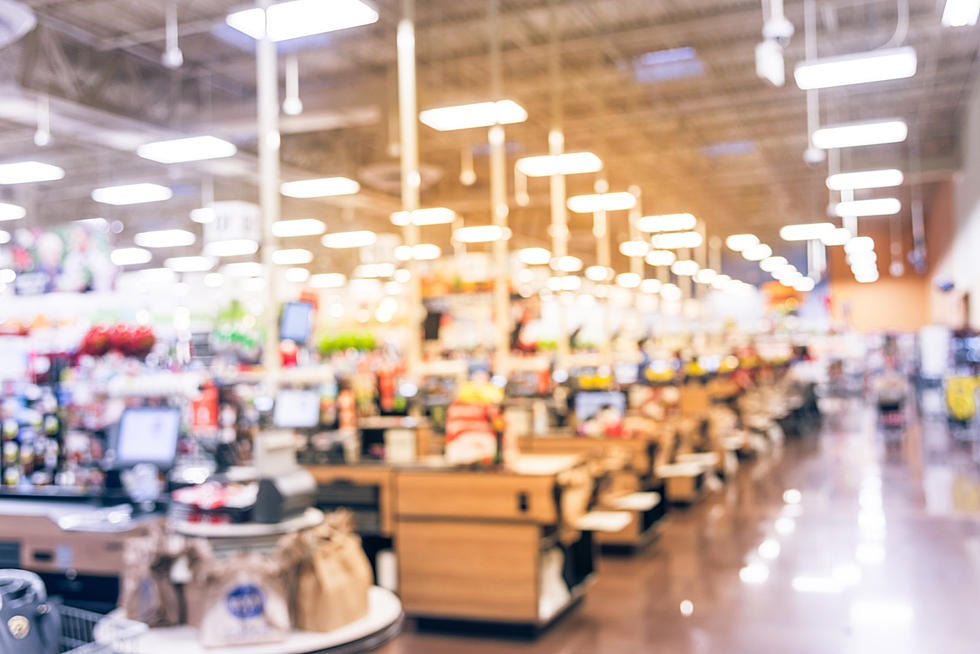What self-checkouts can teach us about design research (blog post)
 Design research often reveals that people are surprisingly willing to cope with bad technology, such as self-checkout stations at the grocery store.
Design research often reveals that people are surprisingly willing to cope with bad technology, such as self-checkout stations at the grocery store.
A couple of decades ago, self-checkout stations at grocery stores were a promising new phenomenon. The idea of getting in and out of the store without having to wait in line or talk to a cashier seems incredibly appealing. And even now, if you surveyed the average grocery store shopper, they’ll probably tell you that they like the idea of self-checkouts.
But if you watch what people do in grocery stores, you might come to a different conclusion. You’ll see frustrated customers putting a bunch of bananas on the scale, getting an error, taking it off, putting it back on, getting an error, holding it just right, and then arguing with a screen that can’t talk back. The scanner won’t read a barcode. The receipt won’t print. Trying to take a bag off once it’s filled? Not so fast. Make too many mistakes and the whole thing freezes, while people wait behind you and shake their head at “the guy who doesn’t know how to use self-checkout.” The list of pains goes on and on.
